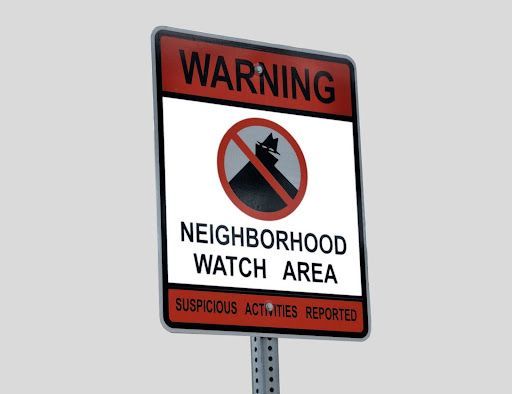The Impact of Community Policing in Neighborhoods
California’s neighborhoods are as diverse as they are dynamic, facing unique challenges in public safety and community cohesion. In recent years, community policing has emerged as a transformative approach that focuses on collaboration, transparency, and trust between law enforcement, security services, and the people they serve. This strategy is yielding tangible benefits, particularly in cities like Long Beach, where innovative partnerships are helping to make communities safer and stronger.
Community Policing: Building Trust for Safer Streets
Community policing is much more than a strategy—it's a philosophy that positions safety as a shared responsibility. In California, this method encourages local law enforcement agencies and private security services to work hand-in-hand with residents, fostering open communication and mutual respect. By involving the community in decision-making and problem-solving, these partnerships are shifting the narrative from enforcement to engagement.
A report from the U.S. Department of Justice underscores the importance of such collaboration, noting that neighborhoods with active community policing programs often see improved trust in public safety institutions, reduced crime rates, and a greater sense of ownership among residents.
Partnerships Between Security Services and Local Law Enforcement
One of the most effective ways community policing is implemented in California is through partnerships between professional security services and municipal police departments. Organizations like California Patrol Enforcement are at the forefront of this movement, blending private expertise with public authority to extend the reach of neighborhood safety efforts.
In Long Beach, for example, joint patrols and information-sharing initiatives have enabled quicker response times and more comprehensive coverage of vulnerable areas. Security teams often serve as the eyes and ears of the community, reporting suspicious activity, assisting with non-emergency incidents, and supporting law enforcement with real-time intelligence. This synergy not only deters crime but also allows police officers to focus on more serious investigations.
A 2022 analysis reported in the Journal of CSWB found that neighborhoods participating in community policing programs reported up to 20% fewer property crimes compared to those without such initiatives, highlighting the effectiveness of these partnerships.
The Role of Community Involvement
Central to the success of community policing is active community involvement. Engagement goes beyond neighborhood watch programs or public meetings; it includes empowering residents to voice concerns, participate in safety planning, and collaborate with both security services and law enforcement in developing solutions tailored to their unique needs.
In Long Beach, outreach efforts such as community forums, safety workshops, and youth engagement programs have strengthened social bonds and improved public confidence in safety initiatives. These forums provide a platform for transparency, allowing officers and security professionals to explain their roles, answer questions, and address potential concerns directly.
A study from the University of California, Irvine demonstrates that neighborhoods with robust community involvement experience a measurable increase in the willingness of residents to report crimes, cooperate with investigations, and participate in preventative programs—all key factors in reducing crime rates and improving quality of life.
Tangible Benefits in Long Beach Neighborhoods
Long Beach stands out as a prime example of how community policing can deliver real-world benefits. Residents have seen a notable decrease in property crimes, vandalism, and public disturbances since the adoption of integrated community policing models. According to the Long Beach Police Department’s 2023 Annual Report, the city has seen notable changes in property crime rates and continues to prioritize community policing and engagement with residents as a core part of its strategy.
Additionally, the presence of community-focused patrols has led to faster response times and a more visible security presence, which in turn acts as a deterrent to would-be offenders. Local business owners report feeling more confident about operating after hours, and families express a greater sense of security when using parks and public spaces.
A Collaborative Future for California’s Neighborhoods
The momentum behind community policing in California continues to grow, fueled by the success stories emerging from cities like Long Beach. The collaborative approach—bridging the gap between professional security services, law enforcement, and engaged residents—has proven to be a powerful formula for safer, more resilient neighborhoods.
At California Patrol Enforcement, we believe that the future of public safety lies in these partnerships. By fostering trust, encouraging community participation, and leveraging the strengths of both public and private security resources, we are committed to empowering neighborhoods across California to thrive.
Whether you are a resident, business owner, or simply care about the well-being of your community, your involvement matters. Together, we can continue to enhance safety, build trust, and create the kind of neighborhoods where everyone feels secure and supported.
For more information on how community policing is shaping local safety initiatives or to learn how you can get involved, visit our services page or reach out to our team at California Patrol Enforcement.









